Xiaomi Pad 5
Ignore the number in the name - the Xiaomi Pad 5 is the first Android tablet from Chinese tech giant Xiaomi that you really need to pay attention to. It's the first of the company's slates to get a global release, at the tail end of a bumper year for the company.
First launched in China earlier in the year as the Xiaomi Mi Pad 5, this low-cost Android slate finally saw a global unveiling at the Xiaomi 11T launch event on September 15. This date fell just the day after the iPhone 13 launch, and it feels a fortuitous affair.
Unveiled at the iPhone 13 event was Apple's new iPad (2021), the next generation of its budget line of entry-level slates, and it's very easy to read the Xiaomi Pad 5 as a rival. The slates have similar sizes, prices, software and features, and both will likely be tempting buys for students or other people who need affordable slates.
We haven't fully tested the Xiaomi Pad 5 yet, but at the 11T launch event we got hands-on with it to play about a little, and see what kind of initial impression it makes.
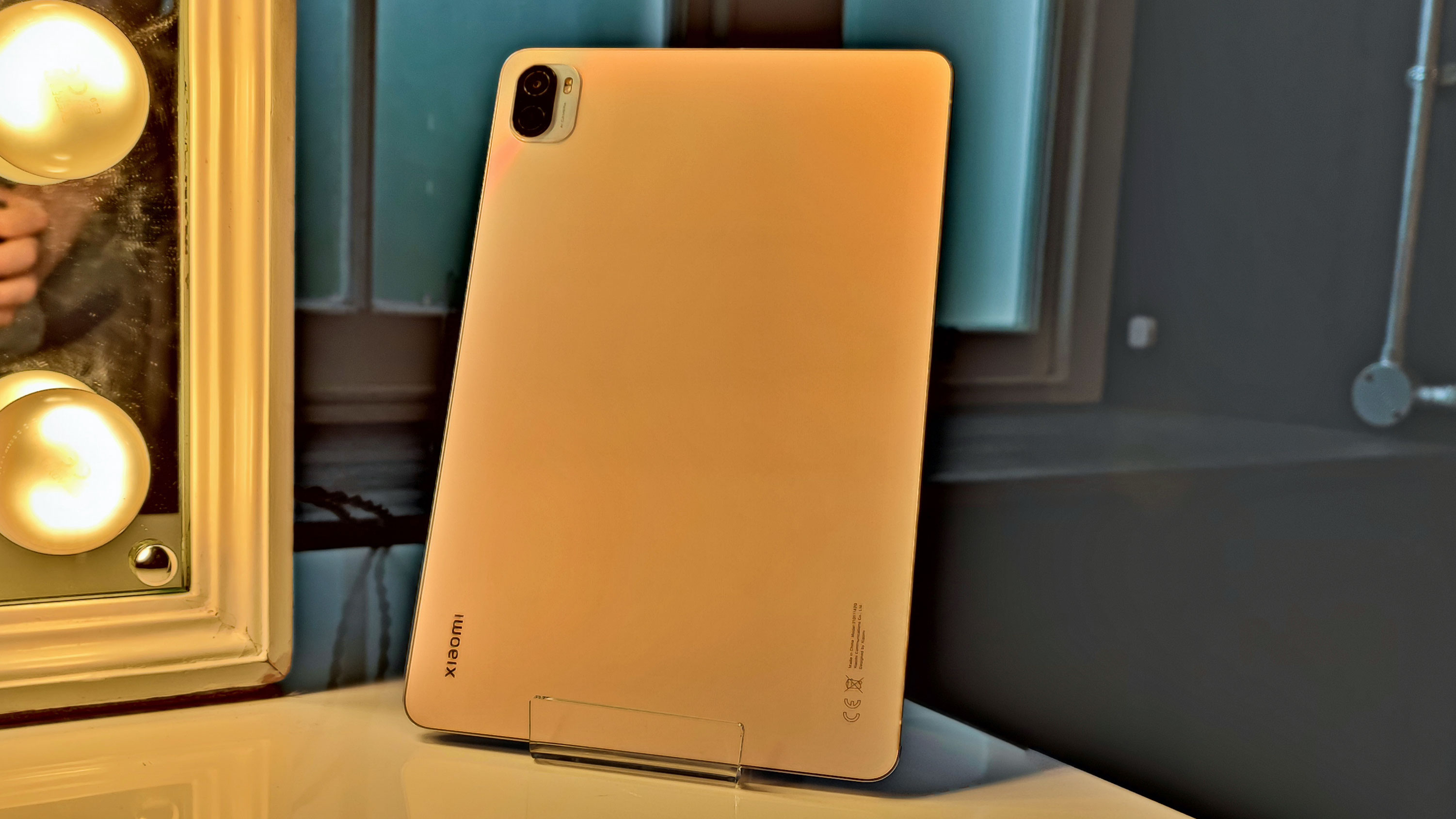
Xiaomi Pad 5 release date and price
You'll be able to order the Xiaomi Pad 5 on September 25, at least in the UK. That makes its release date just one day after that of Apple's newest iPad.
The tablet cost £369 (roughly $510, AU$700), which gets you 6GB RAM and 128GB storage - that's a little costlier than the $329 / £319 / AU$499 iPad but that price is for a slate with 64GB storage, so the Mi Pad might actually be better value for some.
The tablet's stylus is sold separately, but the company hasn't actually said how much it costs just yet.
Design and display
On paper, the Xiaomi Pad 5's display is its key selling point, beating out competition with its resolution and framerate. You'll find an 11-inch screen on the Pad, which is slightly bigger than the 10.2-inch iPad panel.
The screen resolution is 2560 x 1600, and the device also offers Dolby Vision tuning, a 120Hz refresh rate and True Display, which sounds like Xiaomi's equivalent to Apple's True Tone in which the display alters colors slightly to fit the place you're watching it in.
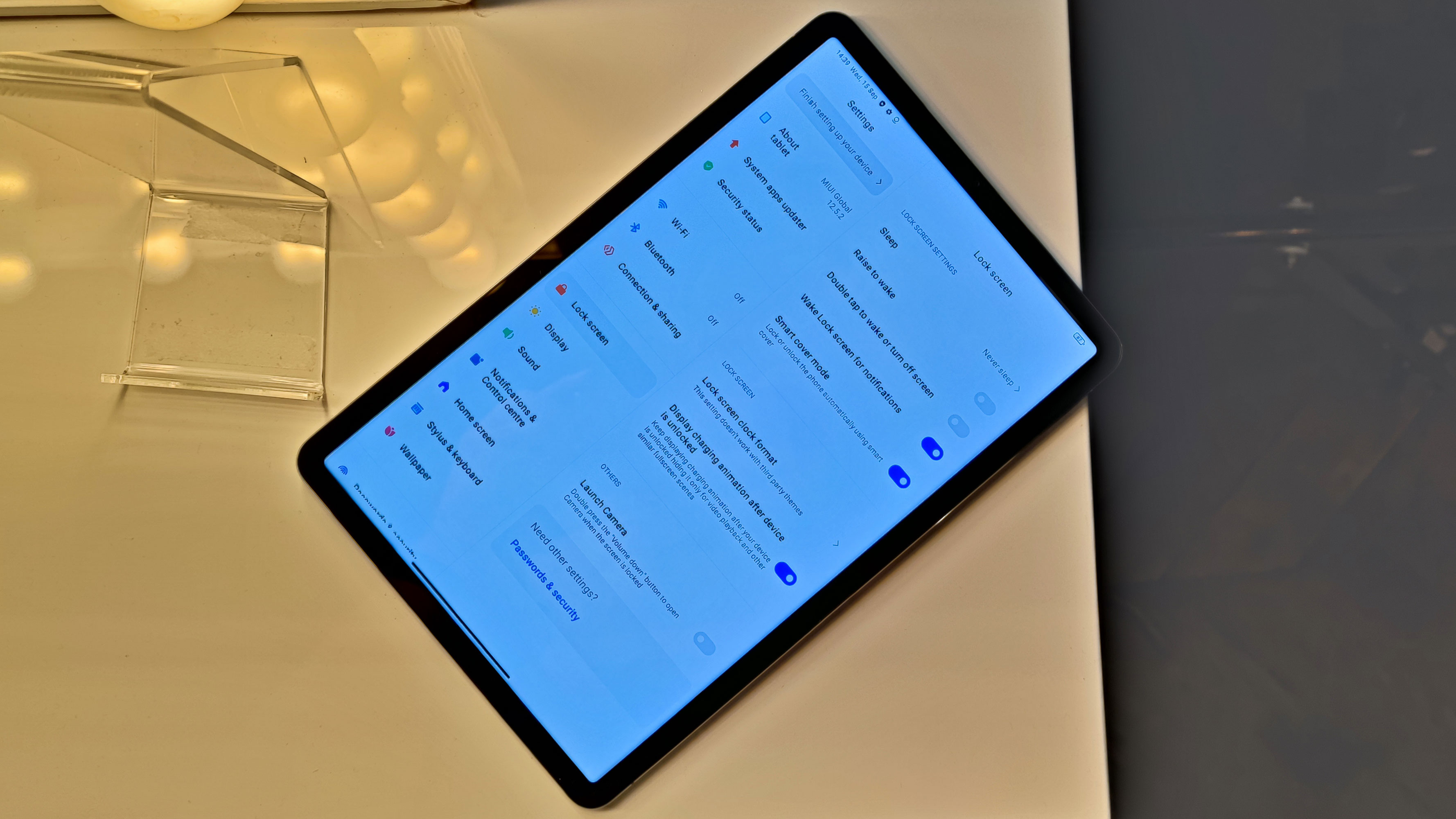
After a short period of testing, we liked the way the display looked - colors were vibrant and the contrast was better than we see on lots of other slates. The high refresh rate was a pleasant bonus too, though its effect on battery life remains to be seen.
We were also fond of the Pad's design, as despite being placed as an iPad rival, it felt as much like an iPad Mini. It had a slim body and narrow width, so it was fairly easy to hold in one hand, and like the newer Apple tablets the edges were angular and flat. There's a USB-C port but no 3.5mm headphone jack for wired audio.
Unlike lots of other tablets on the market, there's no fingerprint recognition for unlocking - this is all done using facial recognition.
The tablet comes in two colors - light blue, which is pictured, and dark gray, which we also tested but doesn't photography so well.
Cameras and battery
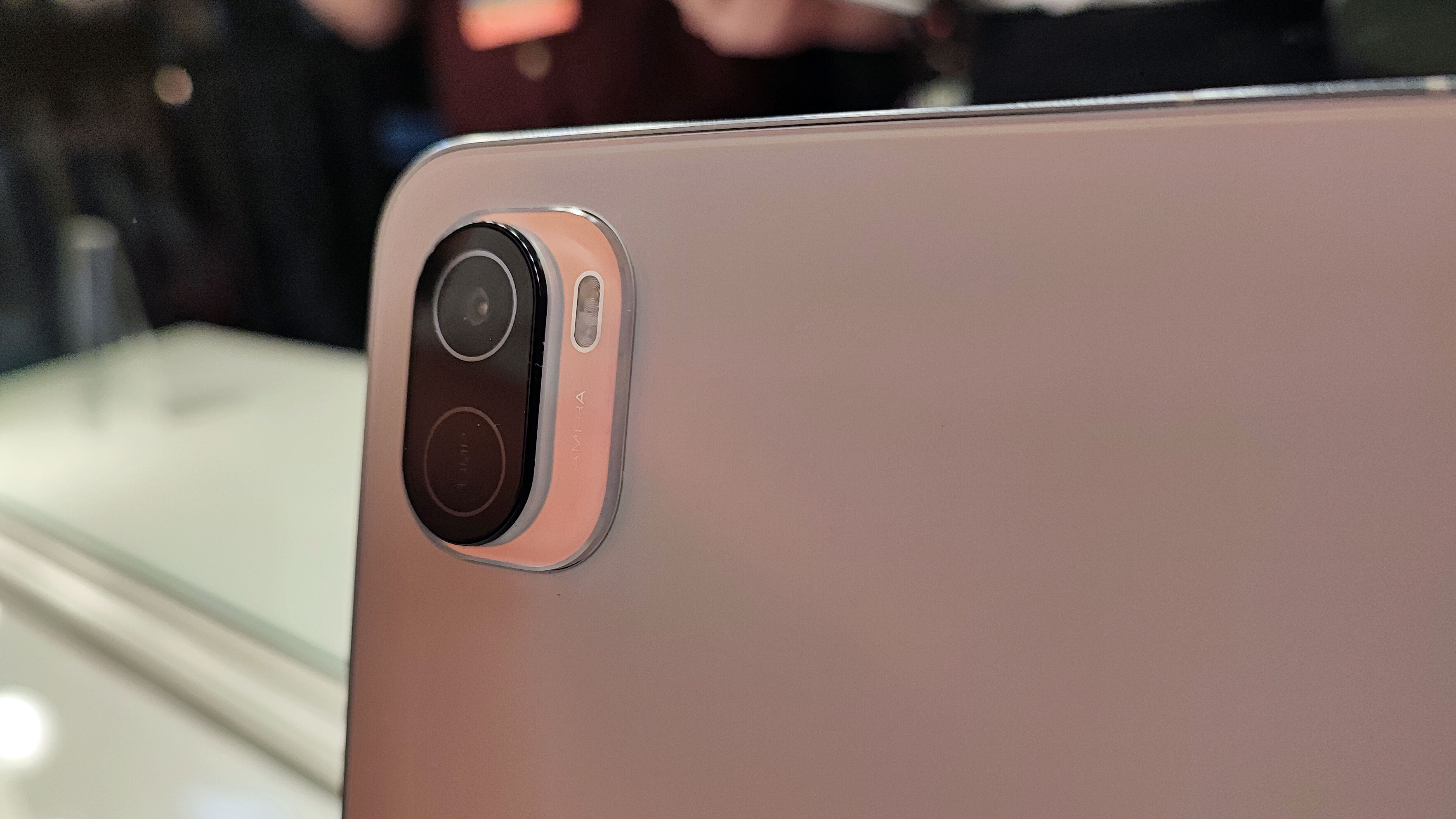
The Xiaomi Pad 5 has a 13MP rear camera and an 8MP front one. The latter is the one you'll likely use most, for video calling and taking selfies.
Cameras on tablets are generally fit for purpose but rarely impressive - that wasn't the case for the Mi Pad 5. We were particularly pleased with how selfies looked, as they were fairly bright and balanced - it's likely some of the company's AI software from its phones are at use here.
We only tested the Pad for a short amount of time, making it impossible to work out its full battery life, and it doesn't seem that Xiaomi has shared an estimate. Regardless, the 8,720mAh capacity promises medium battery life - maybe enough for roughly 10 hours of work or play.
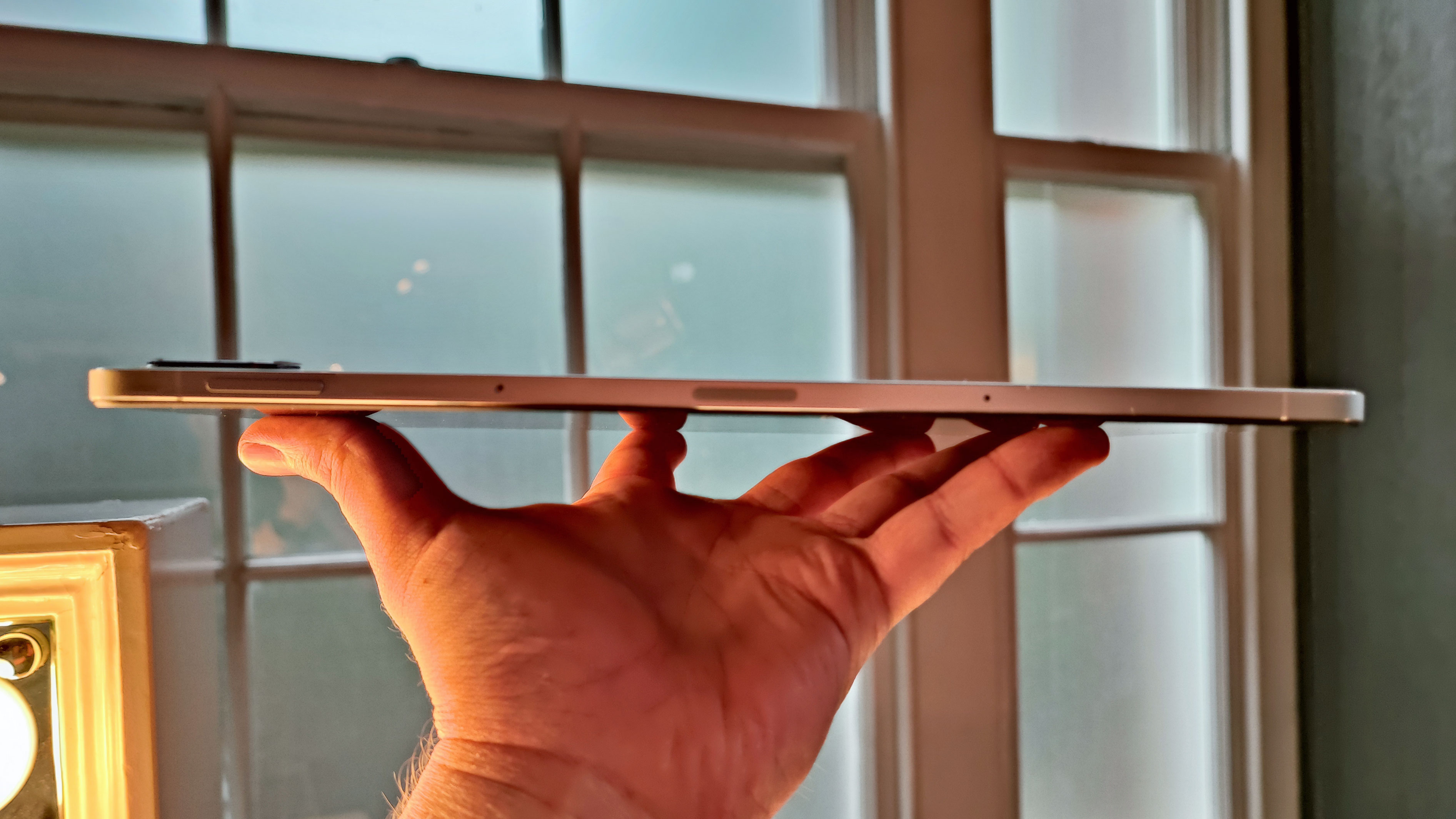
The charging speed is 22.5W which means the slate will probably take about two hours to charge to full, though we'll need to test this for our full review. That's certainly not fast, but it does pip past the iPad's powering speed.
Specs and performance
Powering the Xiaomi Pad 5 is the Snapdragon 860 chipset, a top-end piece of silicon from yesteryear. The slate will likely be fairly fast, but on par with the newest iPads or even recent mid-range or top-end smartphones.
That's paired with 6GB RAM and 128GB storage - we've heard there's a 256GB version too but we weren't provided a price with it, so it's not clear if this option is getting a global release.
We didn't do anything on the Xiaomi Pad 5 that would particularly put it through its paces, so we can't quite comment on how it felt from our test. That said, judging by the specs, we'd assume this tablet could handle most top-end games with ease, but could be a tiny bit slow when doing top-end processes like video editing.
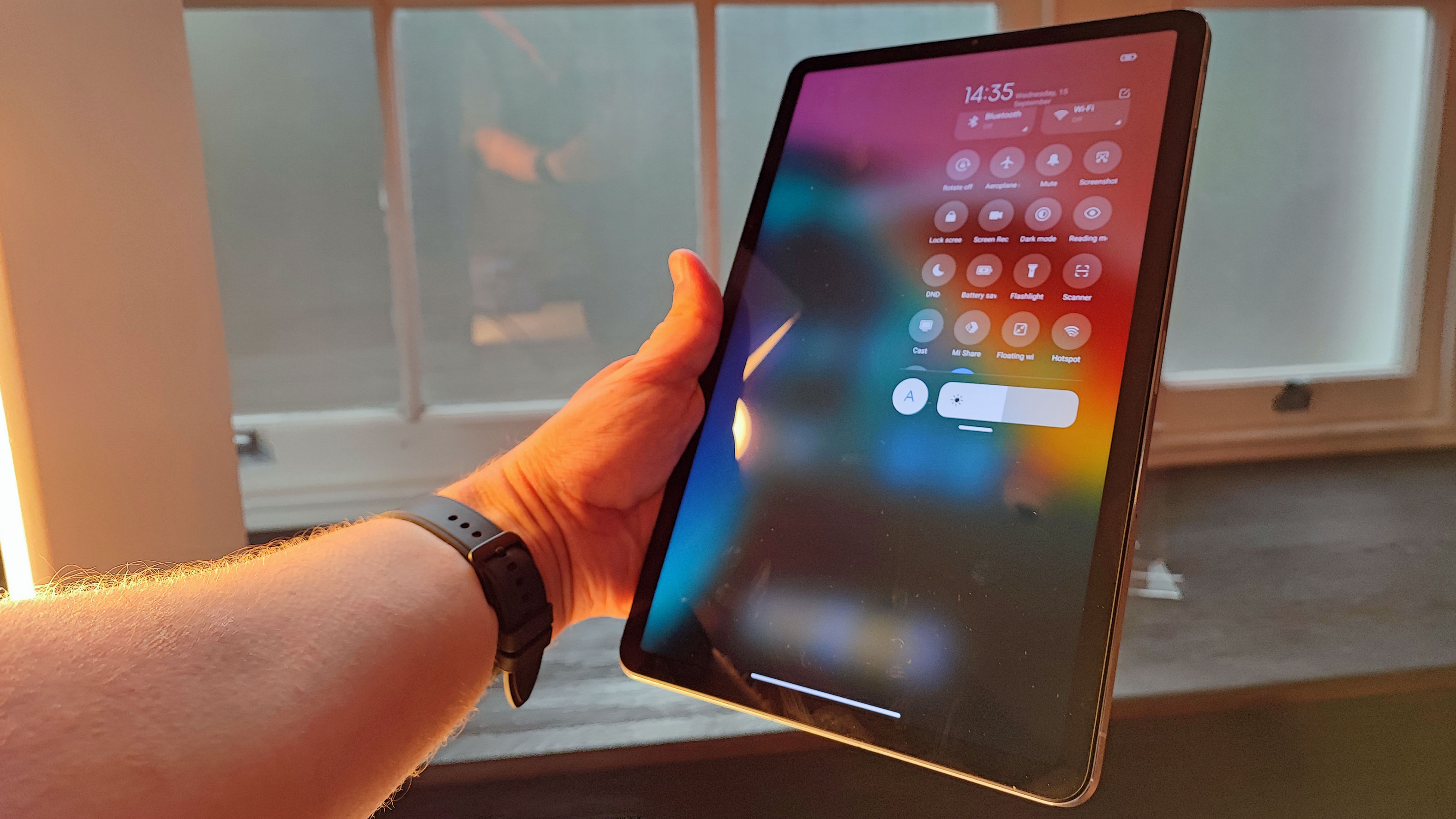
Arguably the biggest issue with Android tablets to date, and the reason iOS devices trump them, is that the Google-built software doesn't sit right on the bigger displays. That's not the case here.
Xiaomi uses MIUI, its Android fork, on Mi smartphones, but the Pad 5 uses something called MIUI for Pad. As that name suggests, this is a version of MIUI with some tablet-specific features.
Those features include lots of stylus tricks and shortcuts, note app pinning for easy access, quick multi-tasking and more. On phones, MIUI has a Control Center feature like iOS - this means if you swipe from the top-left of the screen you see your notifications and if you pull down from the top-right you see the tablet's options menu, unlike on most Android devices where swiping down at all brings up all the options.
This feature on the Xiaomi Pad 5 works wonders, letting you easily bring up options to connect to Bluetooth devices, toggle Dolby settings and turn on power-saving features. It felt intuitive to use on tablet, like iOS' equivalent, and for power tablet users it could really be a game-changing, though small, feature.
Early verdict
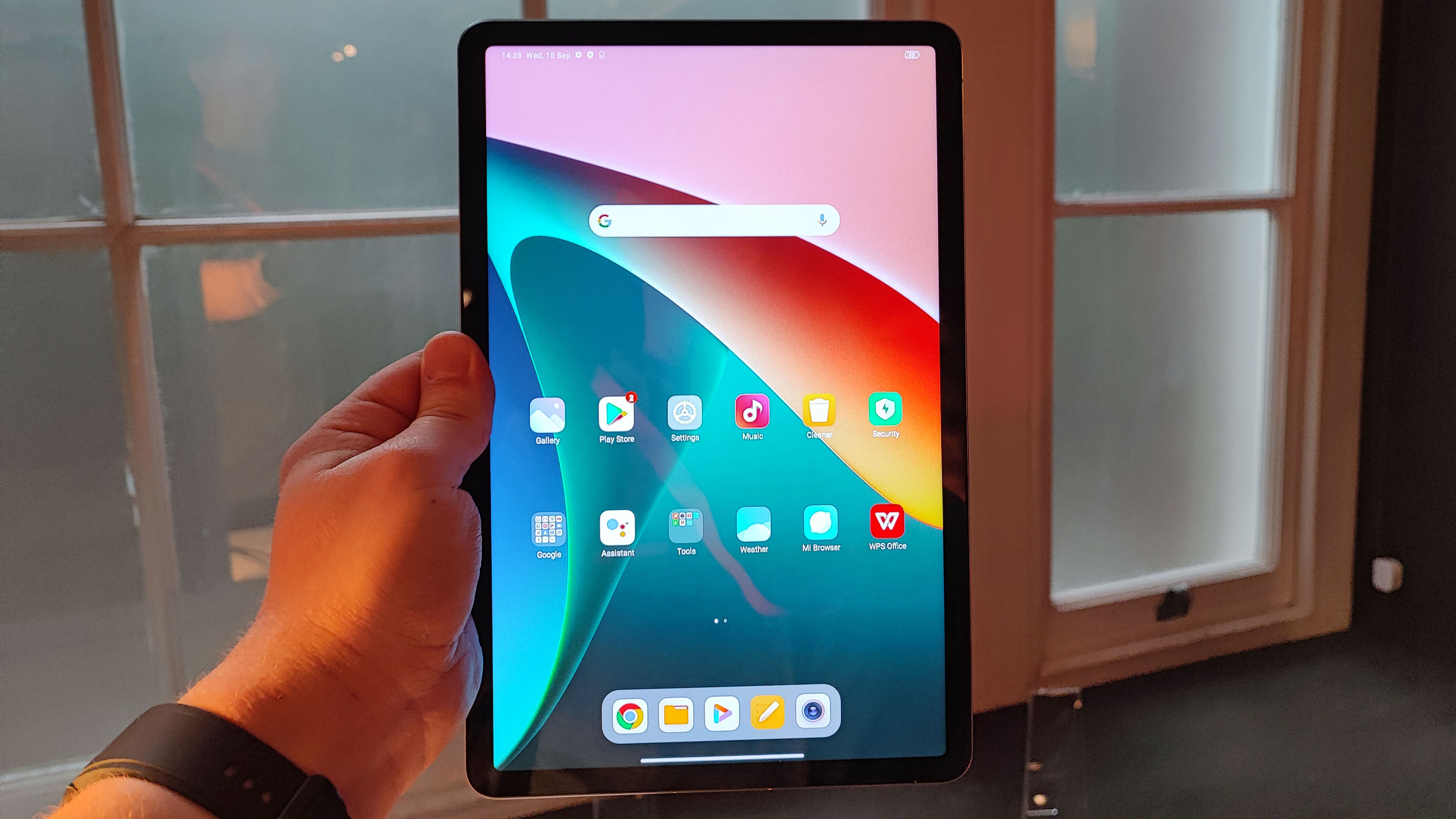
We were pleased overall with our experience with the Xiaomi Pad 5 - the front camera worked well, the display looked great and navigation seemed fluid.
In particular, it seems like Xiaomi has cracked the software problem that holds other Android tablets back, with its MIUI for Pad. We'll need to really test this thesis out when we review the tablet though.
In fact, that's the main issue we had in our testing time - the strengths and weaknesses of a tablet take a long time to show up, more so than on smartphones, and it's only by using a slate as a regular entertainment or productivity machine that reviewers can really understand how a gadget functions.
So take our positive impressions with a grain of salt for now, and watch out for our full review soon.
- For more tech news sign up to the TechRadar newsletter
0 comments:
Post a Comment